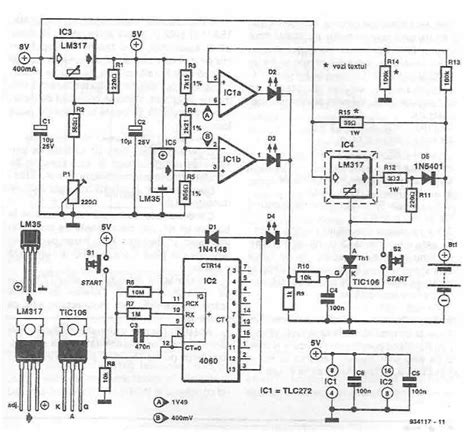
ALL ABOUT FLEX PCB
-
 Read more: NiMH Battery Charger Circuit: What You Need to Know
Read more: NiMH Battery Charger Circuit: What You Need to KnowUnderstanding NiMH Batteries Before we dive into the specifics of NiMH Charger circuits, let’s first understand the characteristics of NiMH batteries themselves. Composition and Chemistry NiMH batteries are composed of a positive electrode made of nickel oxyhydroxide (NiOOH) and a negative electrode made of a hydrogen-absorbing alloy. The electrolyte is […]
-
 Read more: TL072 Pinout: Specifications, Applications, and Maintenance
Read more: TL072 Pinout: Specifications, Applications, and MaintenanceTL072 Pinout Diagram ___ ___ 1 | \/ | 8 OUT A—|+ / – |— V+ 2 | \ | 7 -IN A–|- / -|— OUT B 3 | \ | 6 +IN A–|+ \ |— -IN B 4 | \ | 5 V- -|_______\|— +IN B The TL072 comes […]
-
2 Layer PCB: What You Need to Know
Posted by
–
 Read more: 2 Layer PCB: What You Need to Know
Read more: 2 Layer PCB: What You Need to KnowIntroduction to 2-Layer PCBs A 2-layer PCB, also known as a double-sided PCB, is a printed circuit board that consists of two conductive copper layers separated by an insulating substrate material. These layers are referred to as the top layer and the bottom layer. 2-layer PCBs are widely used in […]
-
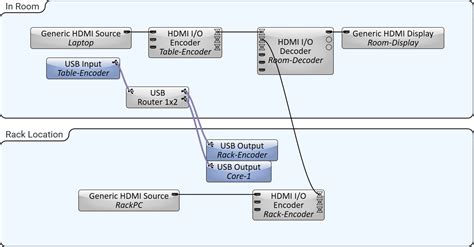 Read more: First attempt at USB differential pair routing on a 2 layer board Acceptable
Read more: First attempt at USB differential pair routing on a 2 layer board AcceptableIntroduction to USB routing USB (Universal Serial Bus) is a widely used standard for connecting devices to computers or other electronic systems. Proper USB routing is crucial for ensuring reliable data transmission and maintaining signal integrity. When designing a PCB (Printed Circuit Board) with USB functionality, one of the challenges […]
-
Try PCB Prototype for Free
Posted by
–
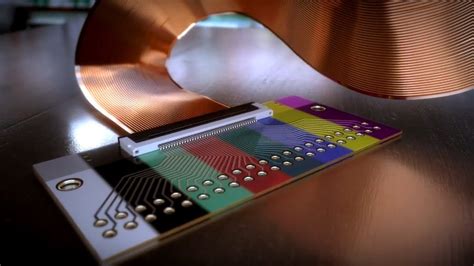 Read more: Try PCB Prototype for Free
Read more: Try PCB Prototype for FreeWhat is PCB Prototyping? PCB prototyping is the process of creating a physical representation of your electronic circuit design. It involves translating your schematic diagram into a layout that can be printed onto a board. This prototype allows you to test your design, verify functionality, and make any necessary revisions […]
-
USB cable tester: A Complete Beginners Guide
Posted by
–
 Read more: USB cable tester: A Complete Beginners Guide
Read more: USB cable tester: A Complete Beginners GuideWhat is a USB Cable Tester? A USB cable tester is a device that helps you determine whether a USB cable is functioning properly. It can detect issues such as broken wires, short circuits, and other common problems that can cause a USB cable to malfunction. USB cable testers come […]
-
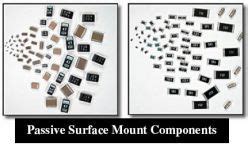 Read more: SMD Components Identification: Differentiating the Different Surface Mount Components
Read more: SMD Components Identification: Differentiating the Different Surface Mount ComponentsUnderstanding SMD Components Surface Mount Devices, as the name suggests, are electronic components that are designed to be mounted directly onto the surface of a Printed Circuit Board (PCB). Unlike through-hole components, which require drilled holes for their leads to pass through the board, SMDs have small metal pads or […]
-
7 Aspects To Help You Learn More About AOI Test
Posted by
–
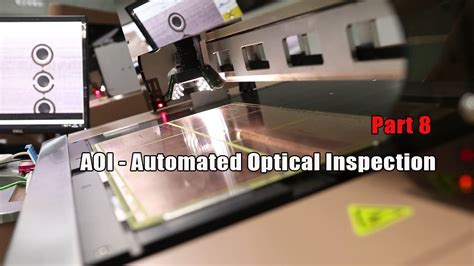 Read more: 7 Aspects To Help You Learn More About AOI Test
Read more: 7 Aspects To Help You Learn More About AOI TestWhat is an AOI Test? An Automated Optical Inspection (AOI) test is a automated visual inspection process used to detect defects or anomalies in printed circuit board (PCB) assemblies. AOI tests use high-resolution cameras and image processing software to quickly scan and analyze PCBs for missing components, incorrect component placement, […]
-
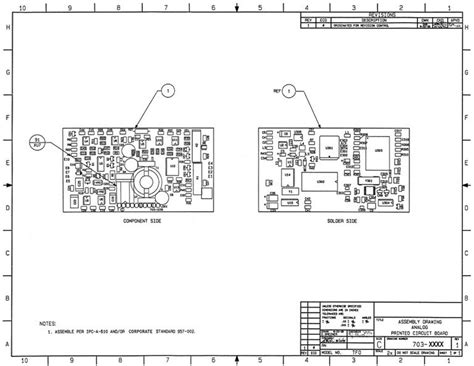 Read more: PCBA Drawing: What Are the Basic Requirements for Assembly Drawing?
Read more: PCBA Drawing: What Are the Basic Requirements for Assembly Drawing?Introduction to PCBA Drawing Requirements Printed Circuit Board Assembly (PCBA) is a crucial process in the manufacturing of electronic devices. It involves assembling various components onto a printed circuit board (PCB) to create a functional electronic system. To ensure the success of the PCBA process, it is essential to have […]
-
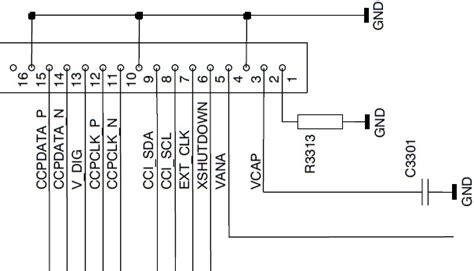 Read more: Raspberry Pi Camera Pinout: What It Is and How to Use It
Read more: Raspberry Pi Camera Pinout: What It Is and How to Use ItIntroduction to Raspberry Pi Camera The Raspberry Pi is a popular single-board computer that has revolutionized the world of DIY electronics and computing. One of the most exciting features of the Raspberry Pi is its ability to connect to a camera module, allowing users to capture images and record videos. […]




